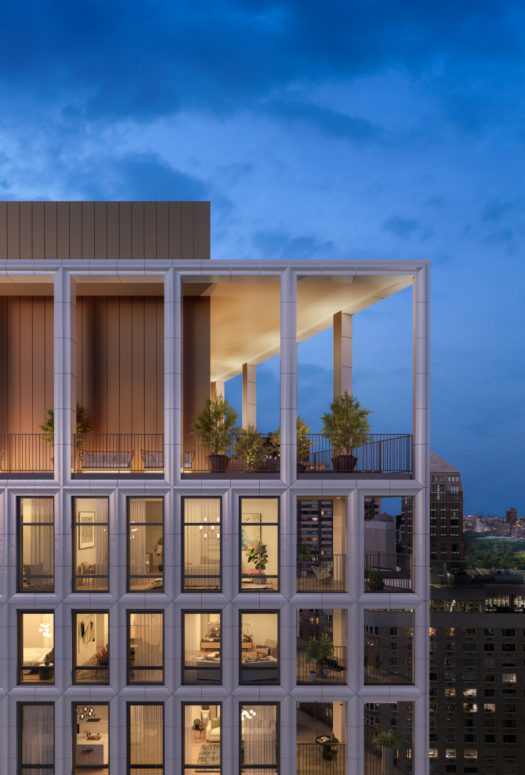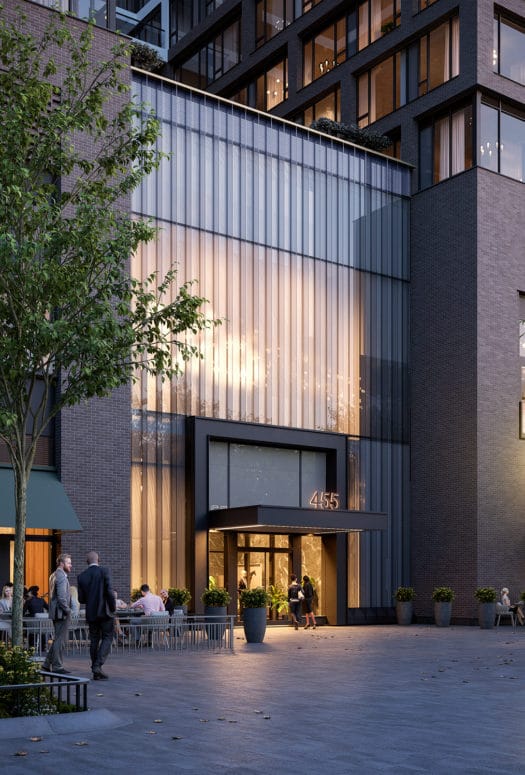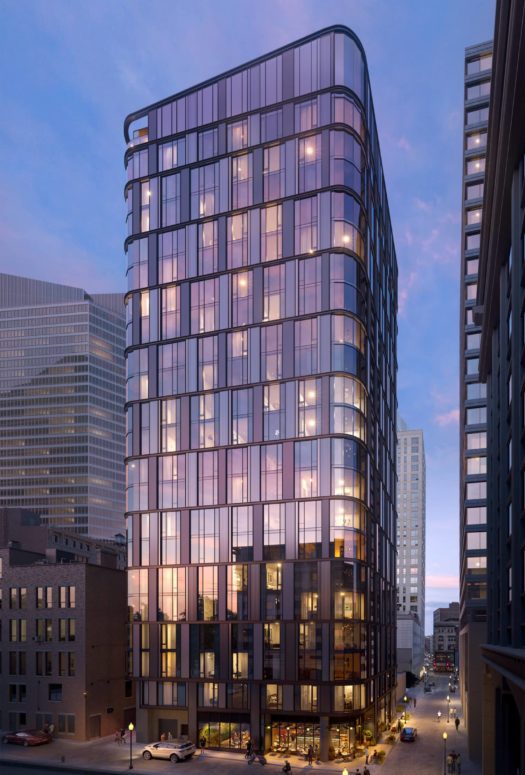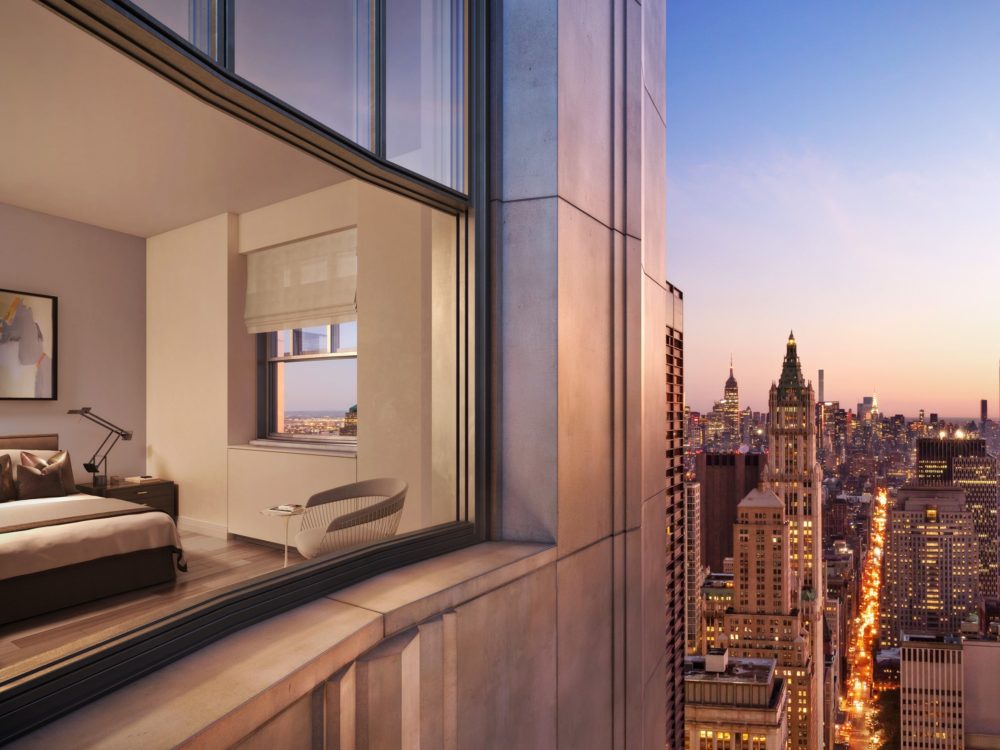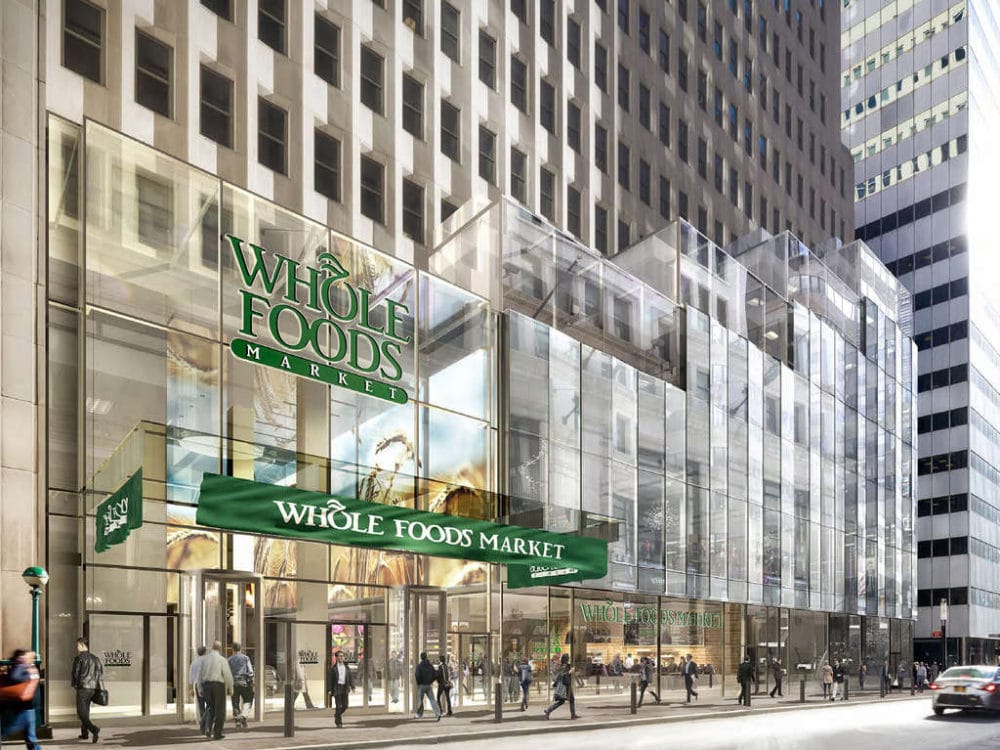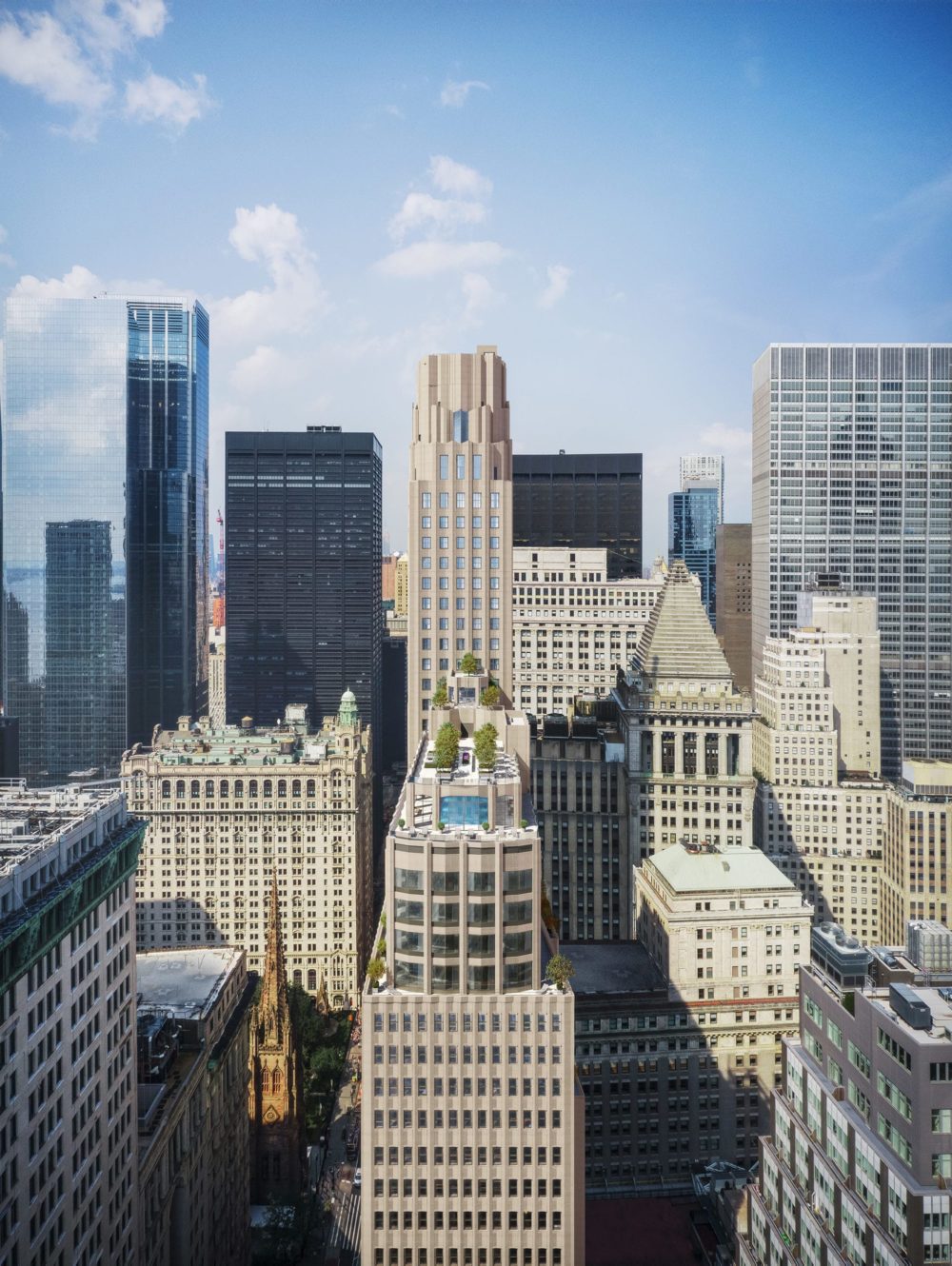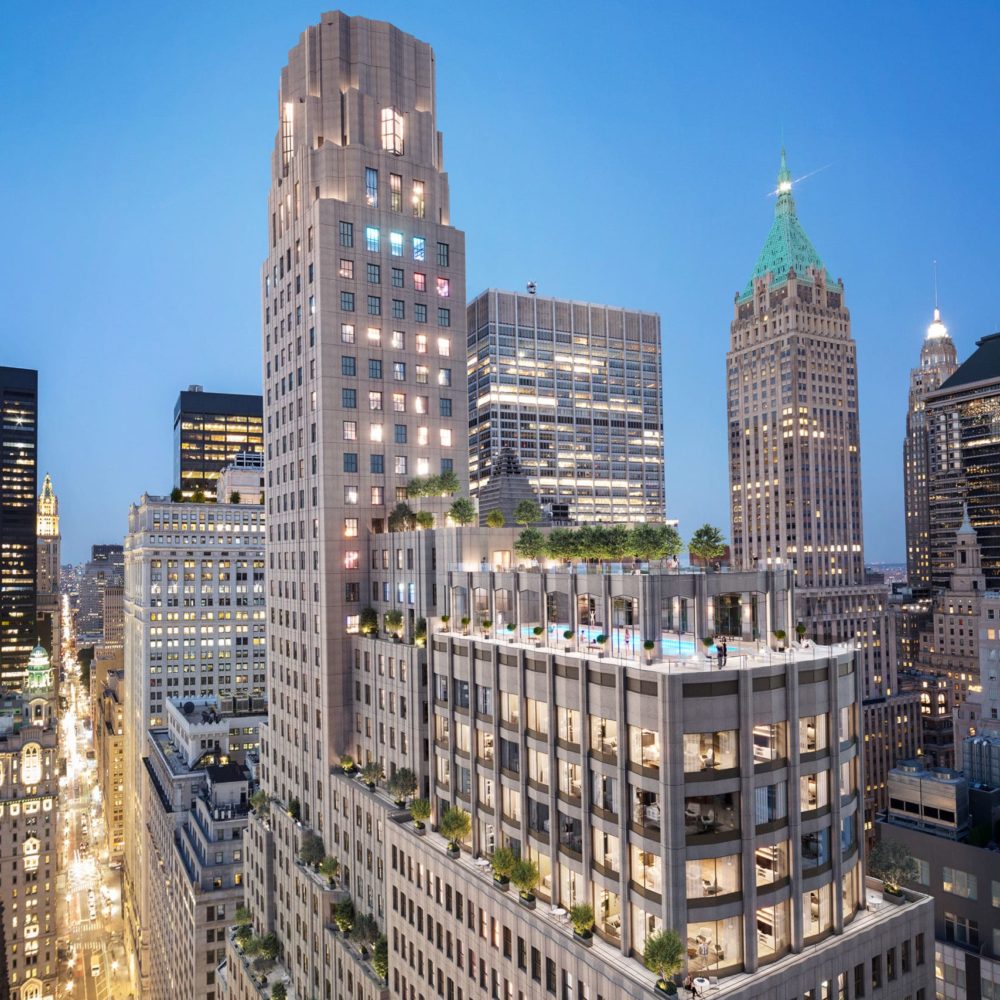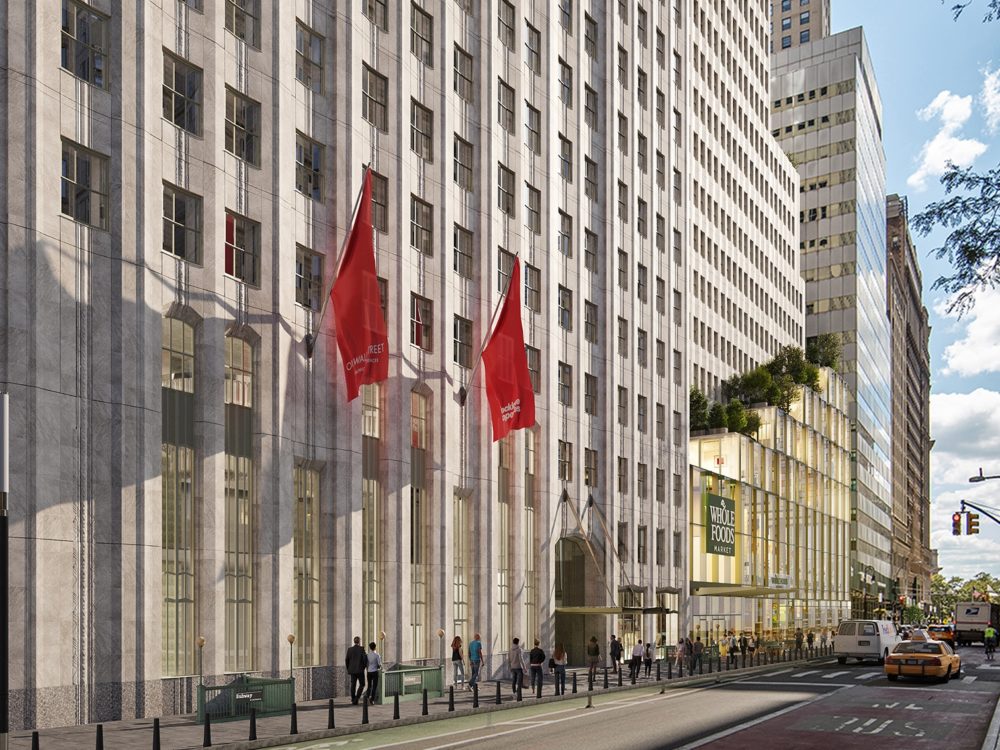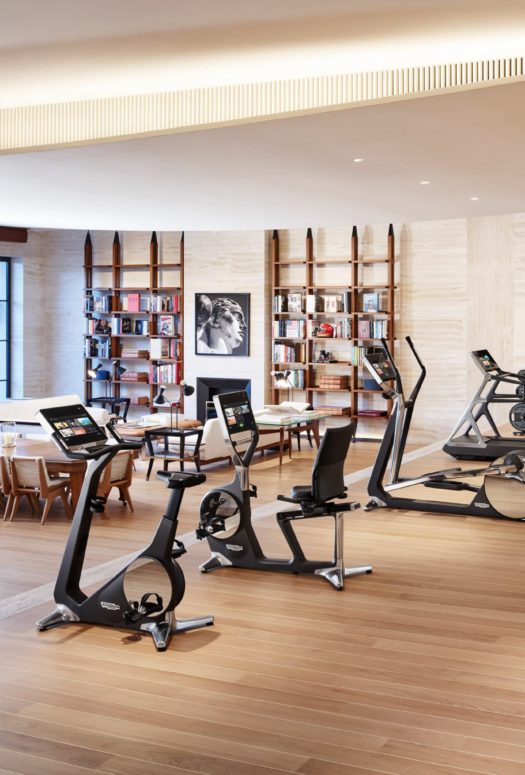Will Pandemic Office Vacancies Create a New Frontier For Luxury Real Estate?
By: Ameena Walker
Is the office-to-residential conversion revolution upon us? The rise in vacant office space—and commercial spaces, in general—is a dilemma many cities across the country are faced with in light of the pandemic. While cities like New York are holding out on wading into office-to-residential conversions, despite staggering vacancy rates, others like Los Angeles are taking the leap when it comes to adaptive reuse.
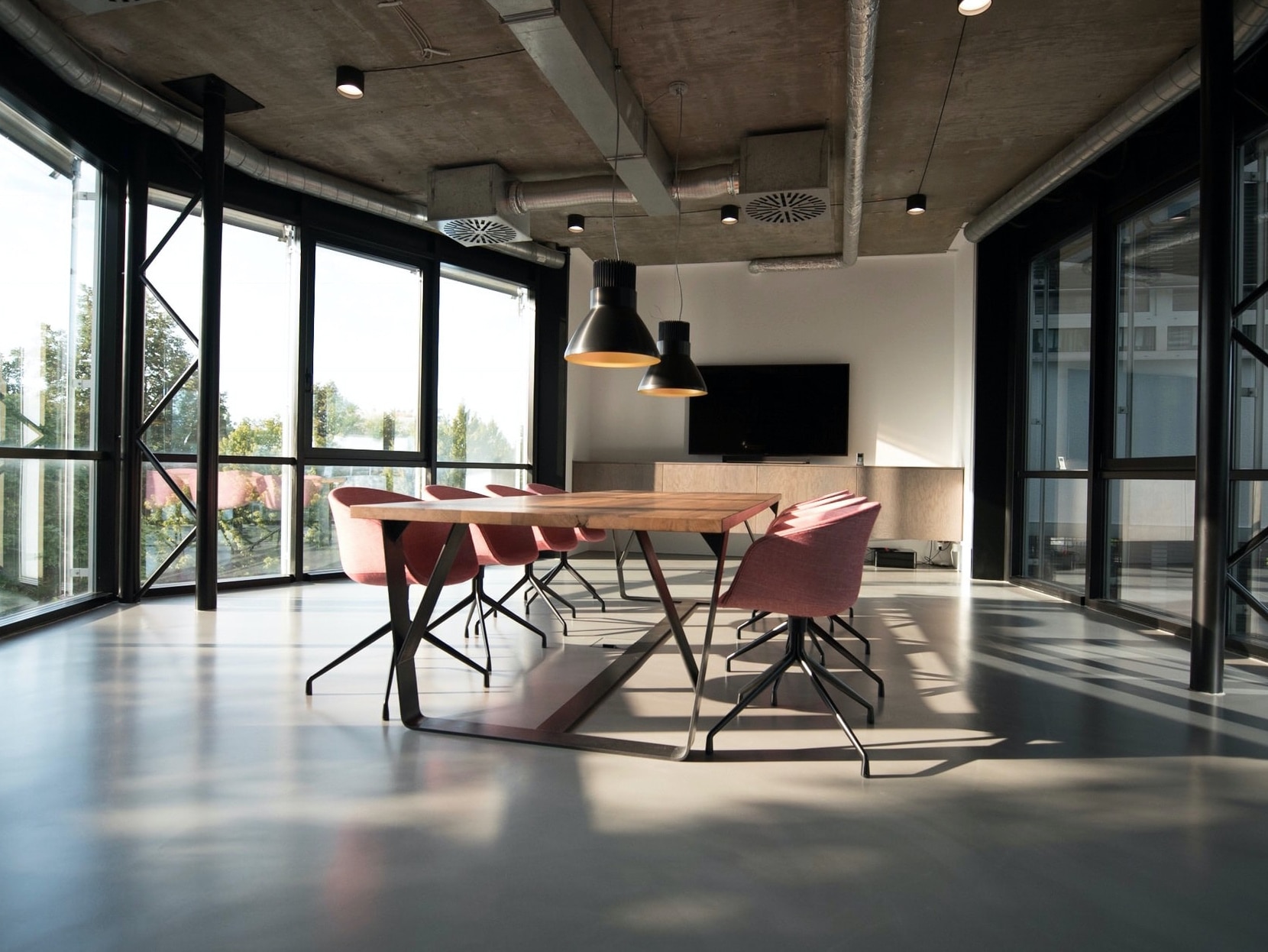
A recent survey from the Partnership for New York City revealed that only 28% of Manhattan office workers are at the workplace on an average weekday, with only 8% in the office five days a week. With 54% of employees from major employers in the city remaining fully remote, it is anticipated that the need for office space at prepandemic levels will continue to decline over the next five years.
Office vacancy rates in New York City are at a 30-year high of more than 18% and at an astounding 20.1% in San Francisco. Meanwhile, these same cities continue to face severe housing shortages that predate the pandemic.
New York City at large has entertained the idea of converting some of its surplus office space into residential use, but very little action has taken place. However, adaptive reuse projects are on the rise nationwide. A study from RentCafe found that 2021 was the most successful year for adaptive reuse, with a record number of more than 20,100 apartments created in buildings that previously served nonresidential purposes. Overall, more than 23% of future adaptive reuse projects will be in former offices and will create more than 12,300 apartments across the country. It begs the question of whether the luxury residential real estate market can follow suit. The answer to that is “it depends.”
“One of the reasons why there aren’t many office-to-residential conversions, as what was assumed would happen during the pandemic and in the discovery of remote work, is because many existing landlords have long-term leases,” explains Jonathan Miller, President and CEO of real estate appraisal and consulting firm Miller Samuel Inc. “So, unless the companies went under, they’re still paying the rent, and rents have fallen sharply. There’s also the need for community support and new zoning and building codes, which seem like lofty goals.” Ultimately, the continued vacancy of these spaces and more legislation encouraging office-to-residential conversions will be major determining factors in whether more redevelopments of this sort occur.
One Wall Street is one of New York’s few examples of a predominantly commercial building going residential, though it’s a conversion that’s been in the works for years. Led by developer Harry Macklowe, the 56-story art-deco landmark tower in Lower Manhattan is being transformed into a 556-residence condominium building, making it the largest office-to-residential conversion in the city’s history. Sales for the building’s condominiums, which include studios through four bedrooms and a penthouse, launched in September 2021, with prices starting at $900,000.
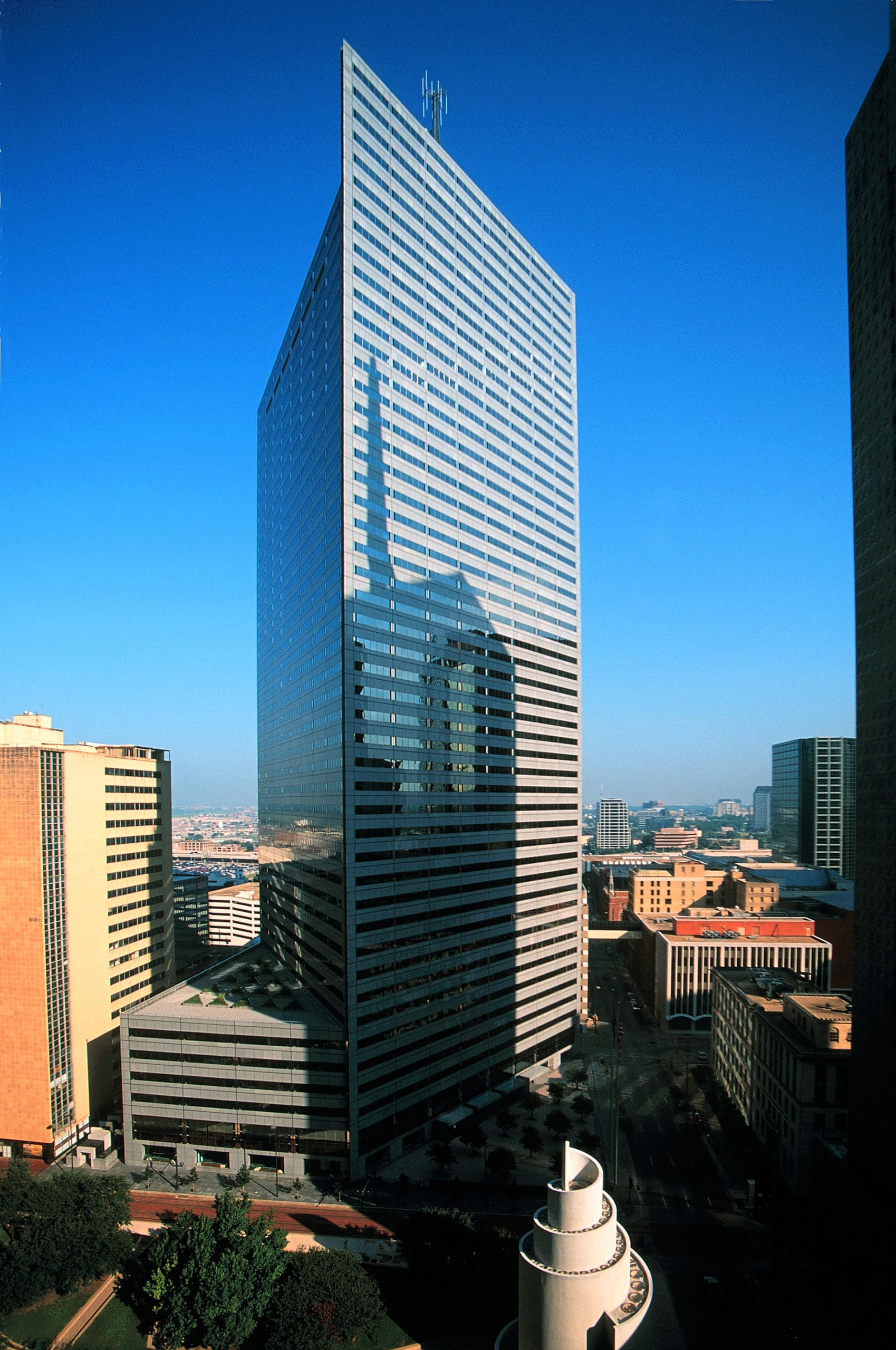 Photo Credit: Energy Plaza
Photo Credit: Energy Plaza
In Los Angeles, a 48,000-square-foot office tower known as the Mayer Building is being transformed into 79 affordable rentals. The landmark art-deco building, located at the corner of Hollywood Boulevard and Western Avenue, is owned by ABS Properties. Cities like Cleveland, Ohio, and St. Louis, Missouri, are also planning to convert some of their office space into more than 1,600 apartments in each locale.
In Dallas, a 49-story tower named Energy Plaza is slated for a $130 million conversion from a former office building for gas and energy companies into a mixed-use development with residences and office space. While it’s unclear if those residences will be of the luxury bent, developer Todd Interests has a track record for high-end conversions. They’re behind several other office-to-luxury-housing conversions in the Dallas area, including a transformation of the upper floors of the city’s landmarked United States Post Office and Court House into high-end residential units.
While major cities with greater housing needs might be slower to convert vacant office buildings into housing, things could change in the near future. In fact, Los Angeles already has more than 4,300 apartments set to be created in 2022 as a result of commercial-to-residential redevelopment. It’s worth noting that a good portion of these conversions are occurring among hotels, which are inherently easier to convert into residential homes, but it is nonetheless impressive. Time will reveal if cities like New York follow suit.


